

Ski Museum
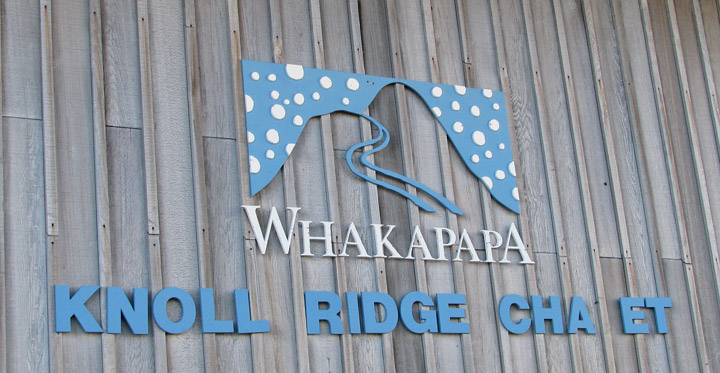
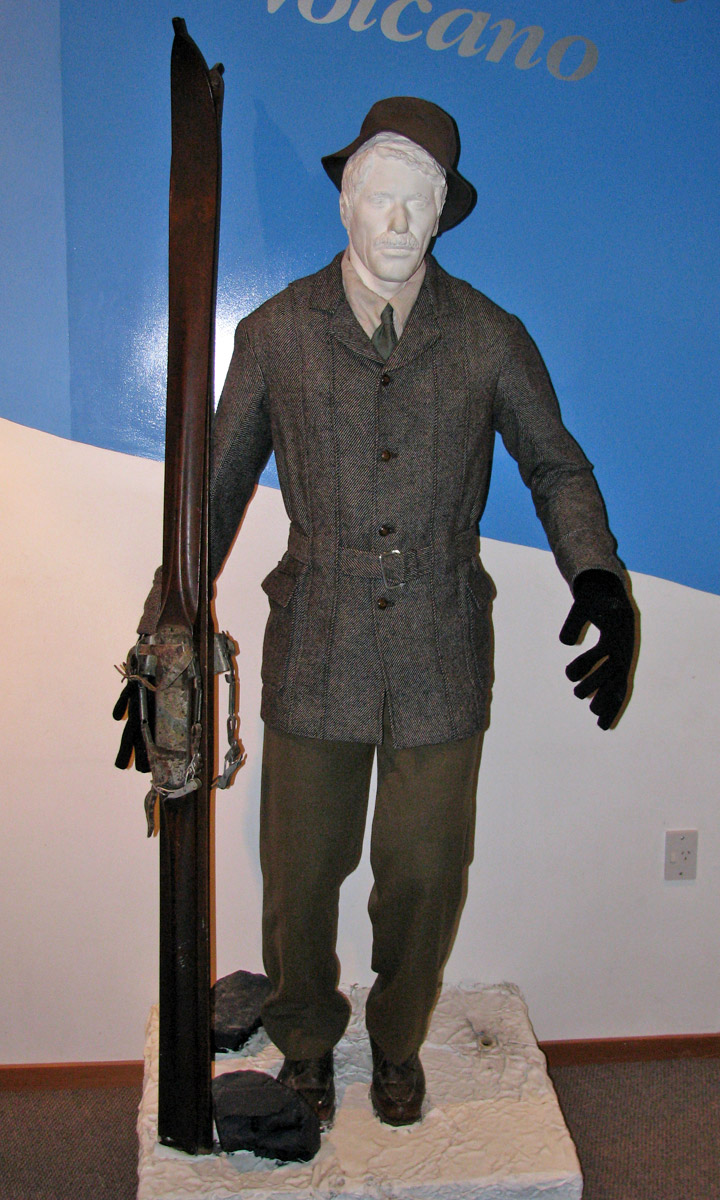
1913 -1919
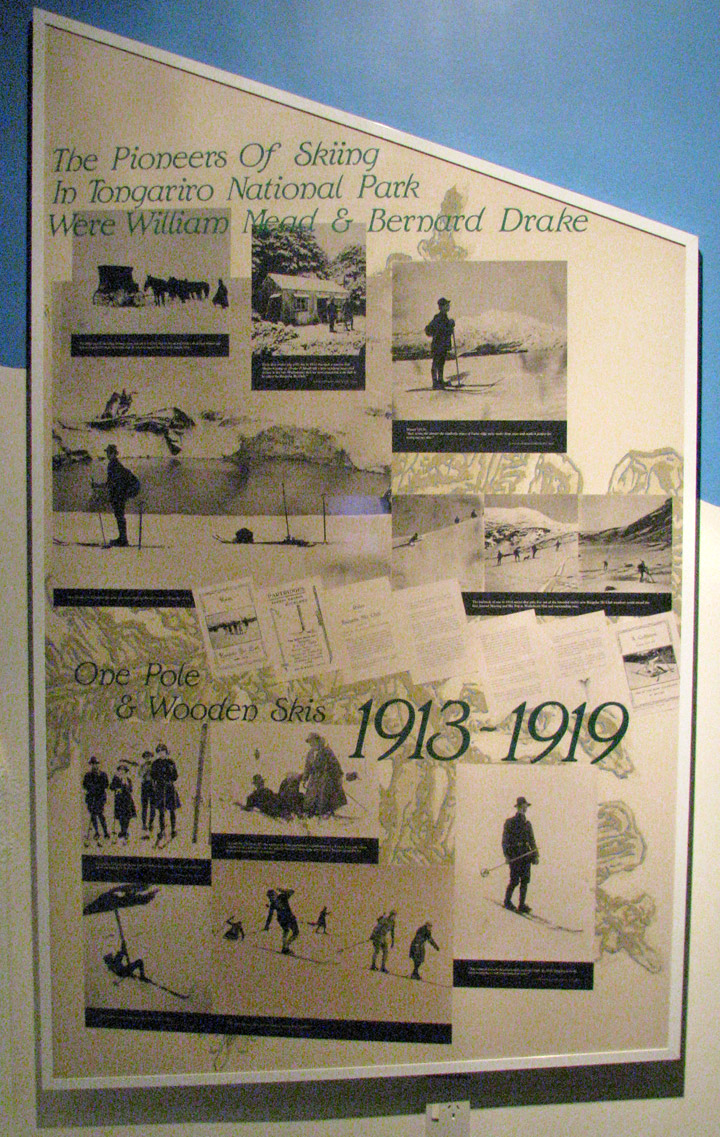

1930 - 1954
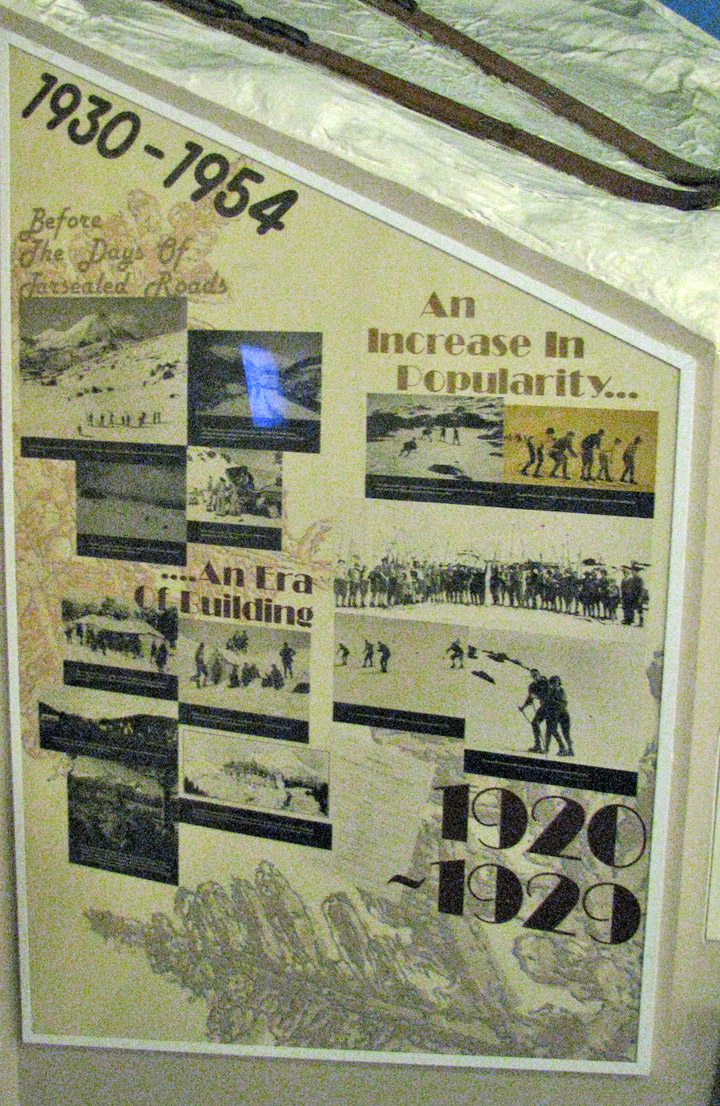
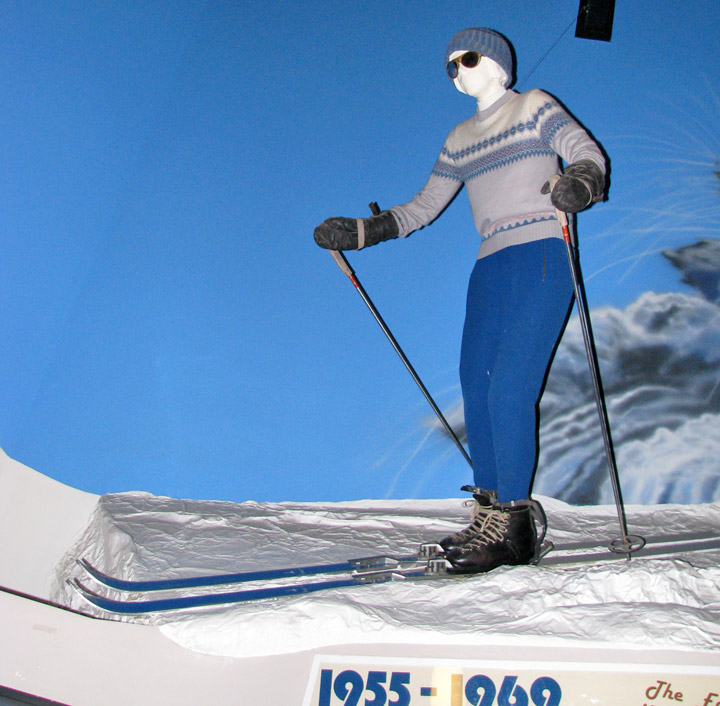
1955 - 1969
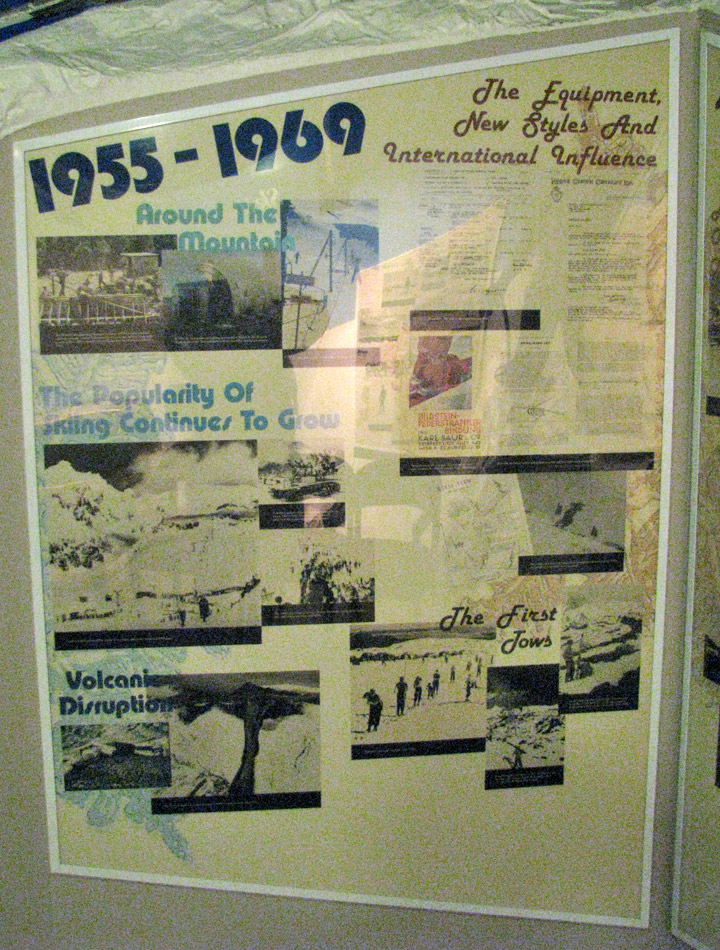

1970 - 1990
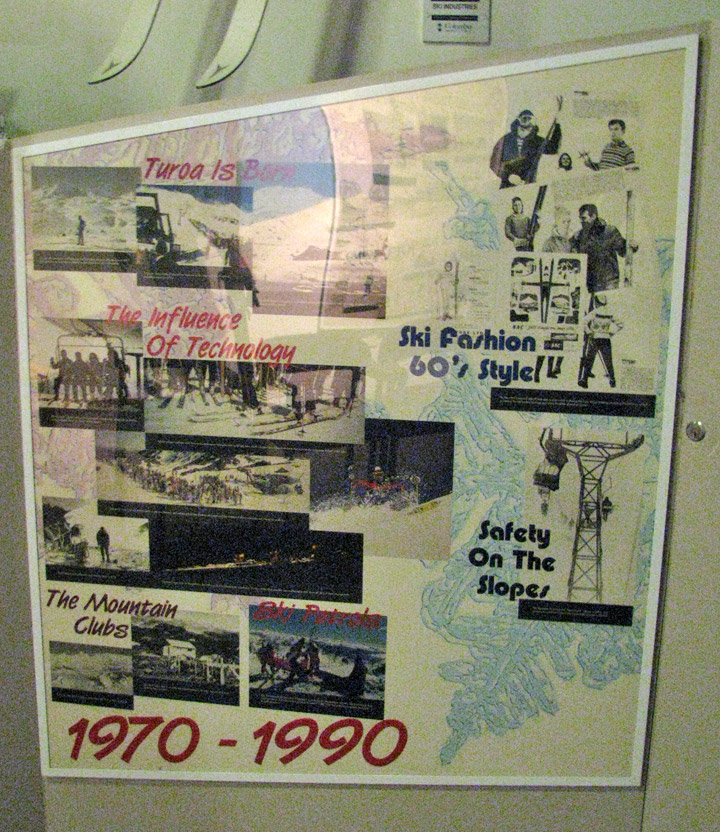

chair lift for skiers
Tongariro National Park
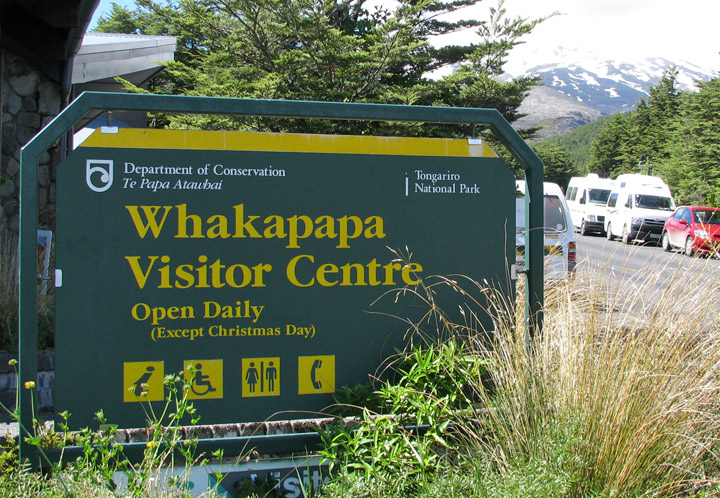
Tongariro National Park is the oldest national park in New Zealand, located in the central North Island. It has been acknowledged by UNESCO as one of the 25 mixed cultural and natural World Heritage Sites.
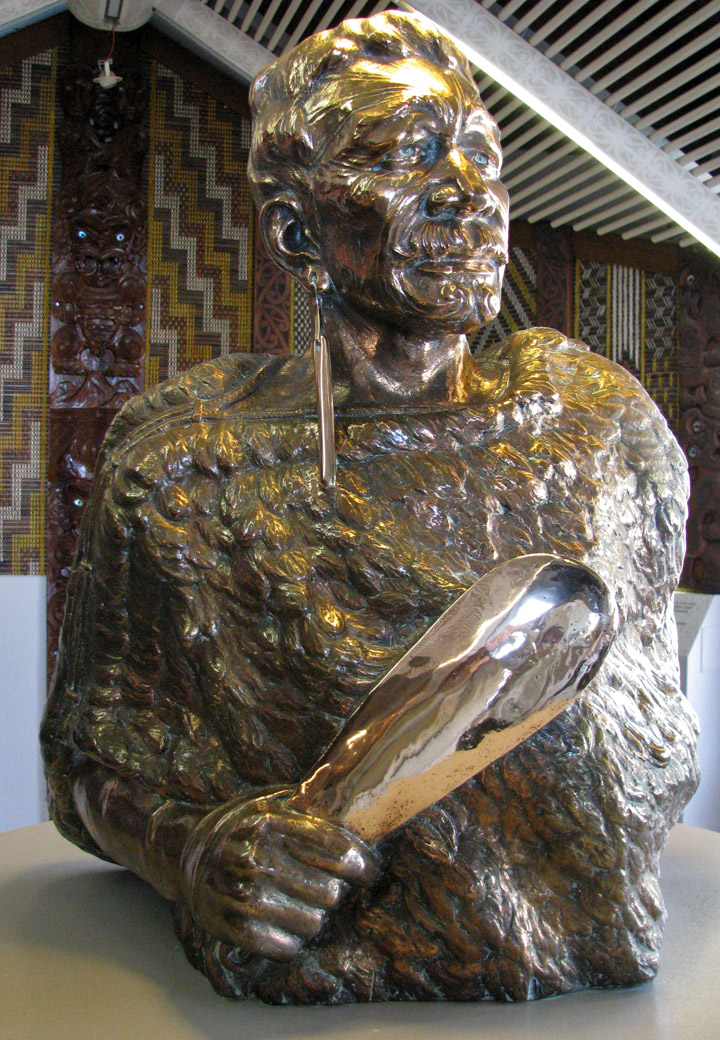
Tongariro National Park was the fourth National Park established in the world.
The active volcanic mountains Ruapehu,
Ngauruhoe, and Tongariro are located in the centre of the park.
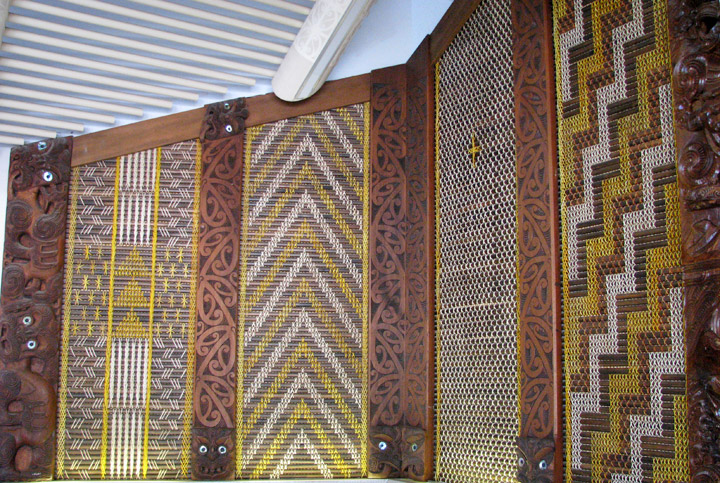
There are a number of Māori religious sites within the park, such as one at the
grave to Te Heuheu Herekeikei. The summits of Tongariro, Ngauruhoe and Ruapehu
are tapu (sacred).
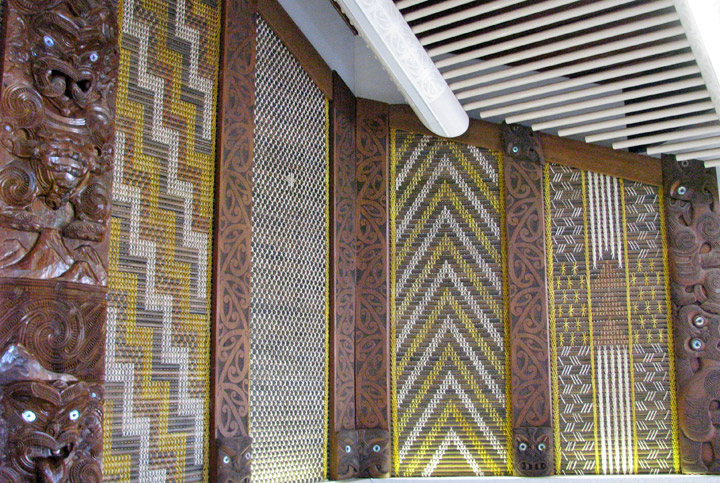

Tongariro National Park covers approximately 795.98 km² stretching between 175°
22' and 175° 48' East and 38° 58' and 39° 25' South in the heart of the North
Island of New Zealand. It is 330 km south of Auckland by road, and 320 km north
of Wellington. It is just a few kilometers west-southwest of Lake Taupo. It
contains a considerable part of the North Island Volcanic Plateau. Directly to
the east stand the hills of the Kaimanawa range. The Whanganui River through
Whanganui National Park lies to the west.
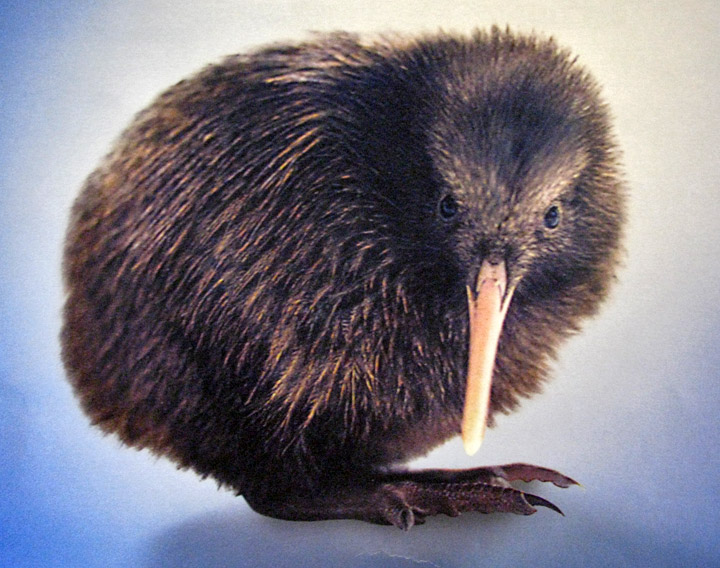
Kiwi
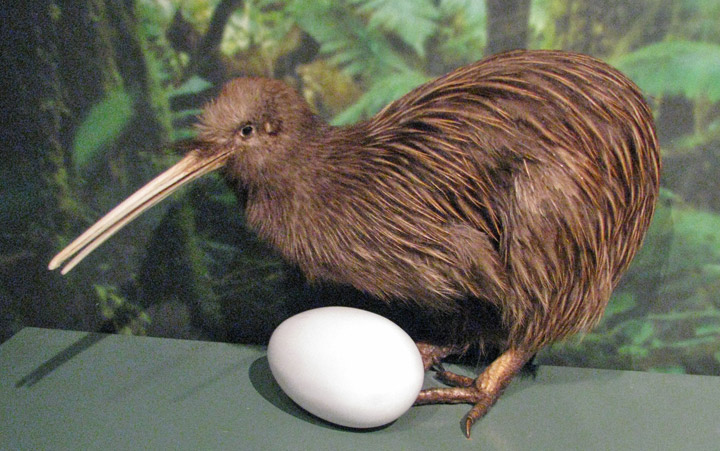
Most of the park is located in the Ruapehu District (Manawatu-Wanganui Region),
although the northeast is in the Taupo District (Waikato Region, or Hawke's Bay
Region to the north).
Text from Wikipedia
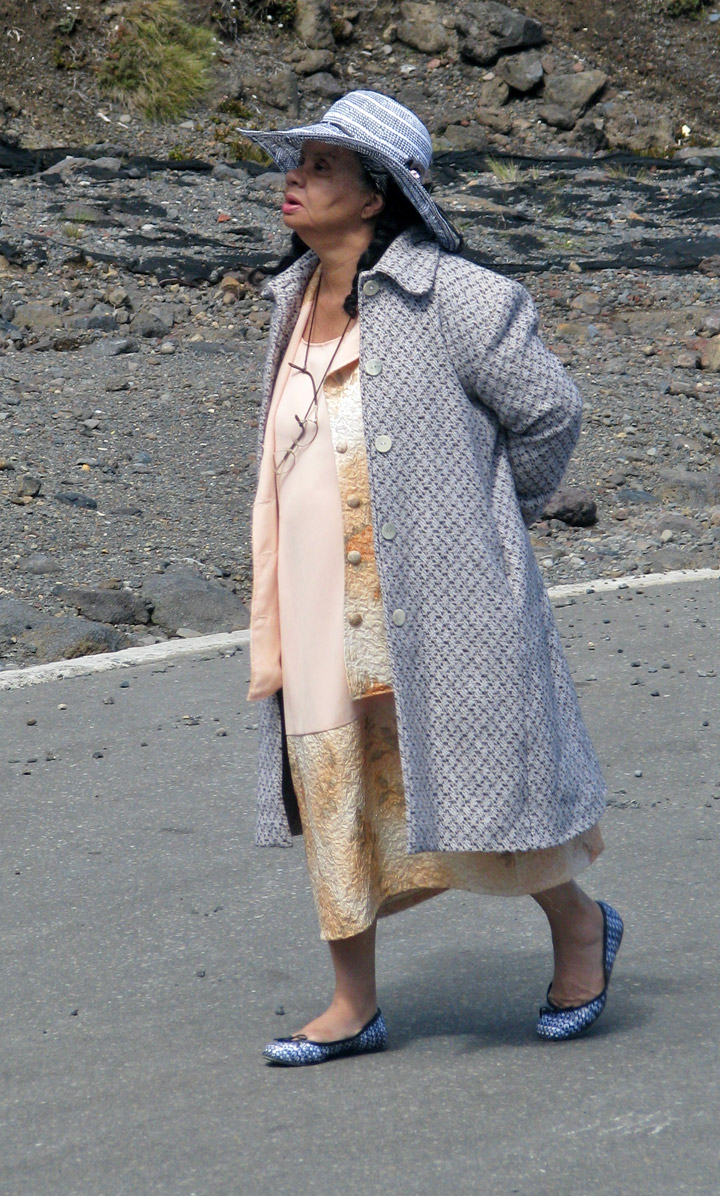
visitor
Chateau Tongariro
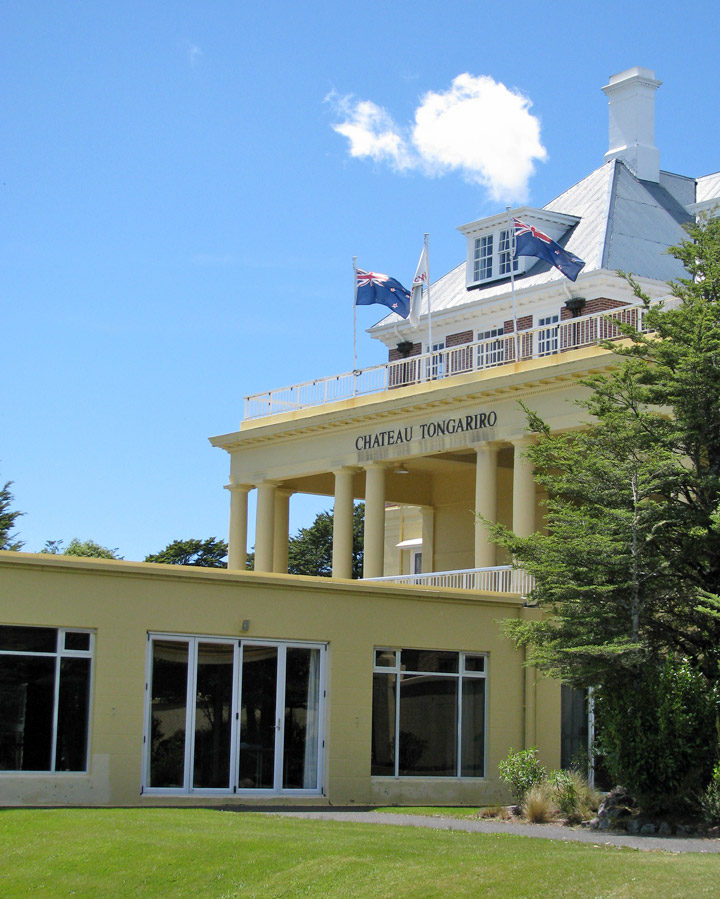
Chateau Tongariro is a New Zealand hotel and resort complex. It is located close to Whakapapa skifield on the slopes of Mount Ruapehu, and is close to the volcanic peaks of Mount Tongariro and Mount Ngauruhoe, within the boundaries of Tongariro National Park, New Zealand's oldest. Now officially titled Bayview Chateau Tongariro, the building was completed in 1929 and, despite extensive refurbishment, still retains much of the style of the pre-Depression era.
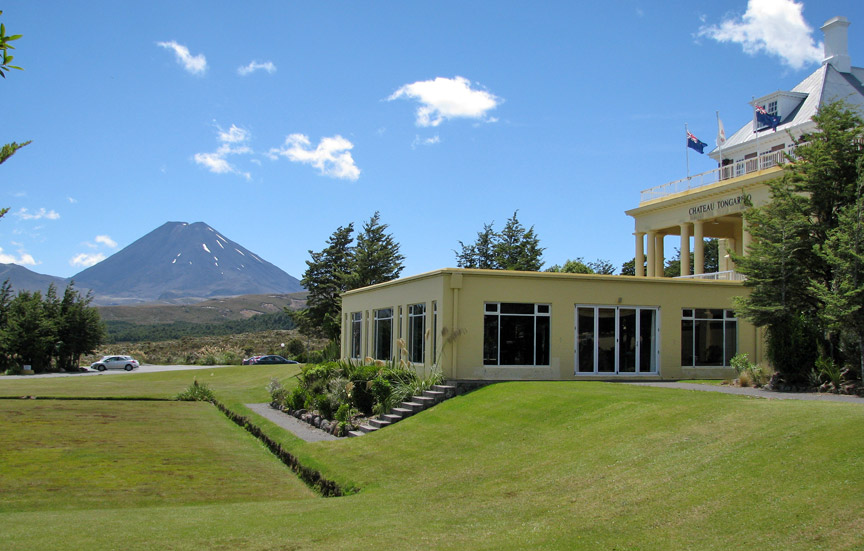
In 1887 the Paramount Chief of Ngati Tuwharetoa, Horonuku Te Heu Heu Tukino gifted the tribes land – including the sacred mountain peaks of Ruapehu, Ngauruhoe and Tongariro - to the people of New Zealand. The gifting was to ensure this precious land’s protection for all time, for all people. In 1925, Sir James Gunson drove the first car to Whakapapa. The new ‘highway’ was pushed through towards Mt Ruapehu with the help of labor from the Whakapapa prison camp early in 1925 under the supervision of Dave Dunlop. Until then the approach to Whakapapa had been only for the fit and strong. There were miles upon miles of wild country to cross on foot or horseback, wild rivers to ford and mountainous terrain to navigate.
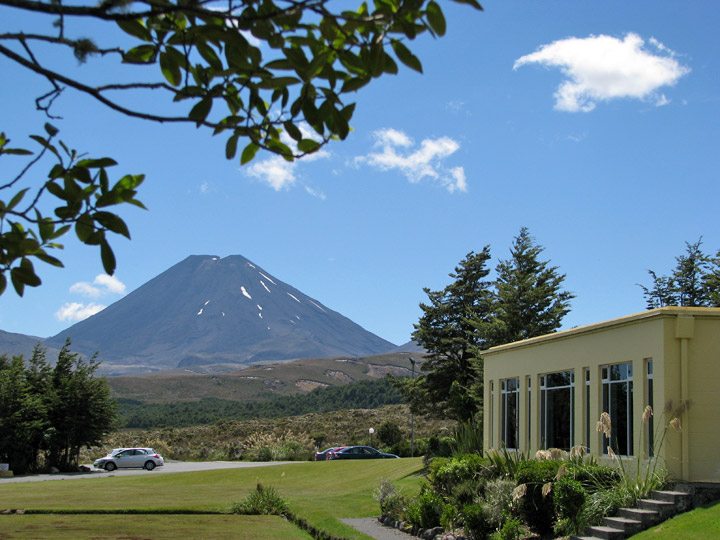
The Tongariro Park Tourist Company limited was formed with a grand vision to build the Chateau, an elegant Georgian structure of four stories and basement, alongside the original Whakapapa Ski huts. The Chateau, styled after the Canadian Resort of Lake Louise, was built to offer overseas tourists an International standard of accommodation to stay in. The Fletcher Construction Company undertook the contract at $78,000 pounds. Work started on the 10th of January 1929. The foundation stone was laid in March and fantastic as it may seem, the building was open for guests by the 1st August 1929, even though it was still unfurnished. The opening of the well-appointed Chateau hotel revolutionised the atmosphere of Ruapehu as a resort.
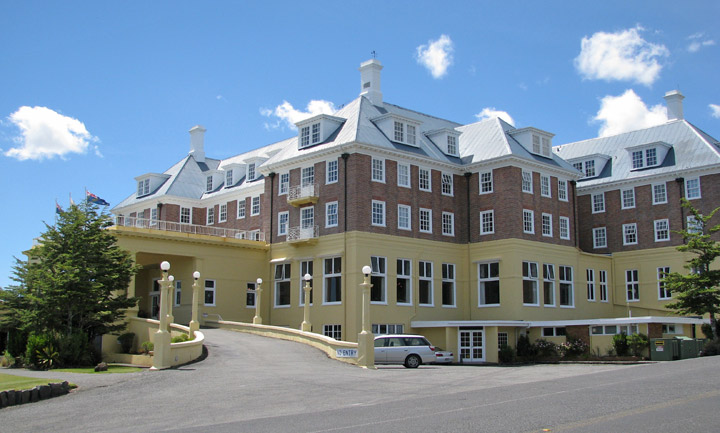
V.I.P’s from around the world started to hear of the magnificent Chateau and began arriving from the four corners of the globe. The Chateau developed a reputation for hosting fabulous people and fabulous parties. After months at sea on rocking ships and then days or weeks traversing the most beautifully primitive of landscapes, they’d arrive to neo-Georgian luxury at its finest. They’d sweep up to the grand entrance portico with its dramatic columns. They’d marvel at the floor-to-ceiling arched Ngauruhoe Window as they took in its superb view of the mountains. They’d dine under magnificent chandeliers on the finest cuisine of the day, and enjoy long evenings in front of roaring log fires in the plush Ruapehu Lounge.
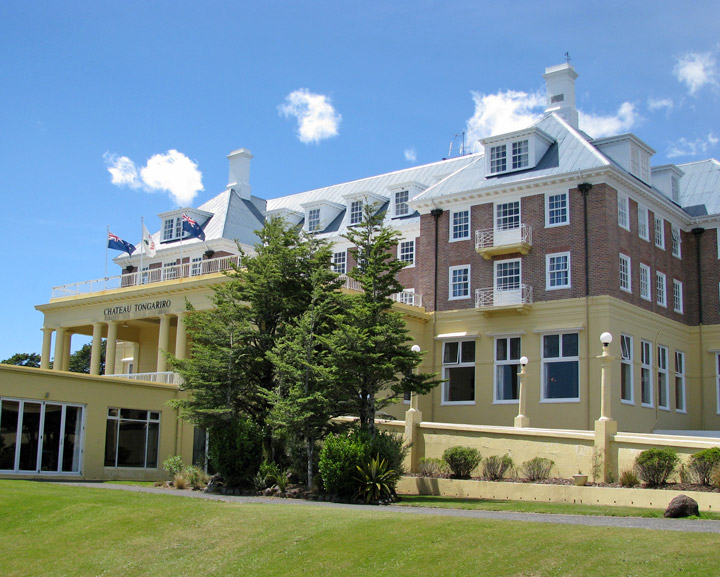
Suddenly dinner jackets and evening dresses were required for after skiwear. Even ski clothes began to be style conscious - navy blue gabardine trousers, cut very full and tied at the ankle, became the fashion. They were worn with a matching jacket of the same material and a peaked cap with flaps which could be let down to tie underneath the chin in bad weather. After a long day on the slopes, they’d return to fine wine and cuisine served under grand chandeliers, and to staff ready to attend to their every need as they relaxed in front of the grand arched Ngauruhoe Window, taking in magnificent views of Mount Tongariro. The ‘chink’ of crystals glasses, the sounds of live music and laughter, tales of the day’s adventure and the crackle of a roaring log fire filled the air in the Chateau’s opulent Ruapehu Lounge. The staff at the famous Chateau Tongariro would go to extraordinary lengths, as they do today, to ensure their guests had the experience of a lifetime. Popular items on the hotel’s menu – Oysters - were an absolute luxury in the deprived depression era of the 1930’s. To get the delicacies onto a guest’s plate was not easy. The choice cuisine had to be transported by steam train from Bluff to Picton, and then bundled aboard a Ferry to make the crossing across the Cook Strait, where they would meet yet another train, bound for Tongariro National Park. From this station, the delicacies began their last leg – a bumpy ‘motorcar’ journey to the grand Chateau Tongariro, set for the chef’s discerning inspection. In the midst of this glamorous hey-day, World war two broke out. Many of the keenest New Zealand skiers promptly join the forces. Road and rail travel were severely restricted. Overseas tourists, of course, stayed home. To cap it off the Chateau was commandeered by the government as an asylum when an earthquake damaged a hospital in Wellington. Ruapehu became remote, inaccessible, a memory of happier days.
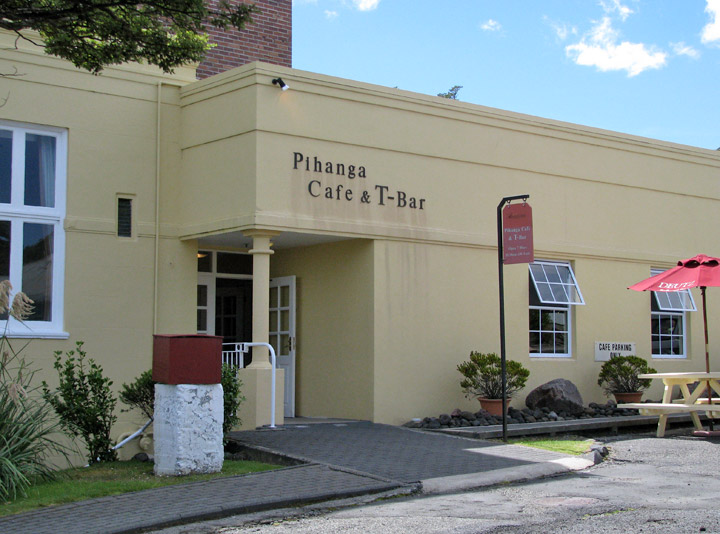
In 1948, newly renovated, the Chateau reopened to provide accommodation for visitors to Mt Ruapehu and the Tongariro National Park. Today, this region is now classified as a Dual World Heritage National Park. In 1957, control of the Hotel passed to the Tourist Hotel Corporation (THC) of New Zealand, which also developed the Whakapapa ski area. It wasn’t until 1990, during a period of Government privatization of assets, that the Chateau was sold to private interests and the ski area operated by a separate company. As the hotel celebrated her 75th anniversary, new owners committed to restoring the Chateau to her former glory. A name change – to the Bayview Chateau Tongariro – marked the occasion. Today, the Chateau Tongariro is a Category One Historic Building. A new wing (including 39 stunning rooms), dynamic new bars and restaurants and impressive facilities have been added – all in keeping with this icon’s old-world ambience. The hotel’s most special features have been painstakingly restored. Visiting the Chateau Tongariro today is like stepping back into that fabulous 1930’s period of elegance and luxury. Nature, of course, still possesses the same spectacular beauty that attracted the first tourists early last century. You can still dine under grand chandeliers on the finest cuisine of the day, or take in breath-taking mountain views from the grand arched Ngauruhoe Window. You can still relax beside a roaring open fire in the plush Ruapehu Lounge. And today, just as in yesteryear, you will enjoy service and ambience that is second-to-none. A number of national tourism, hospitality and business awards in recent years lay testament to the Chateau’s reinstated beauty and comfort.
Text from Wikipedia